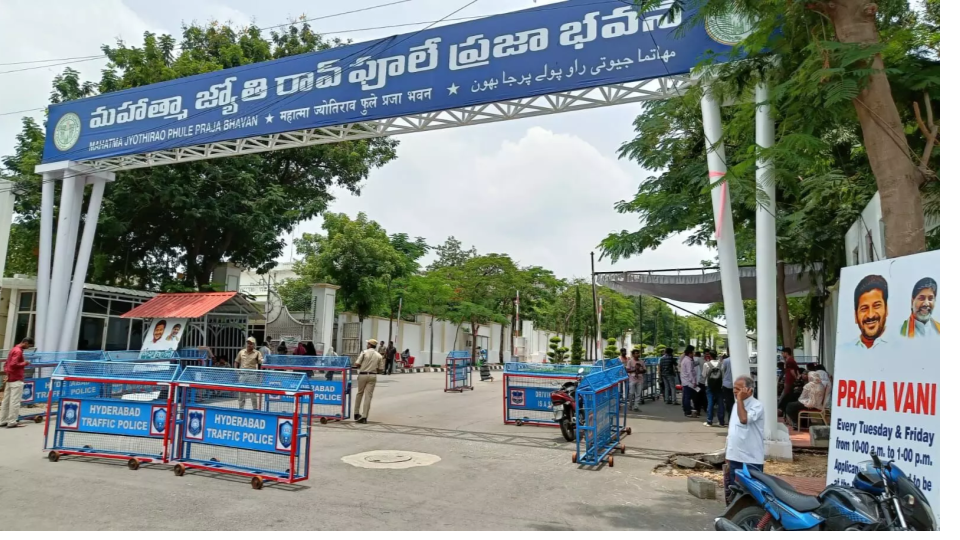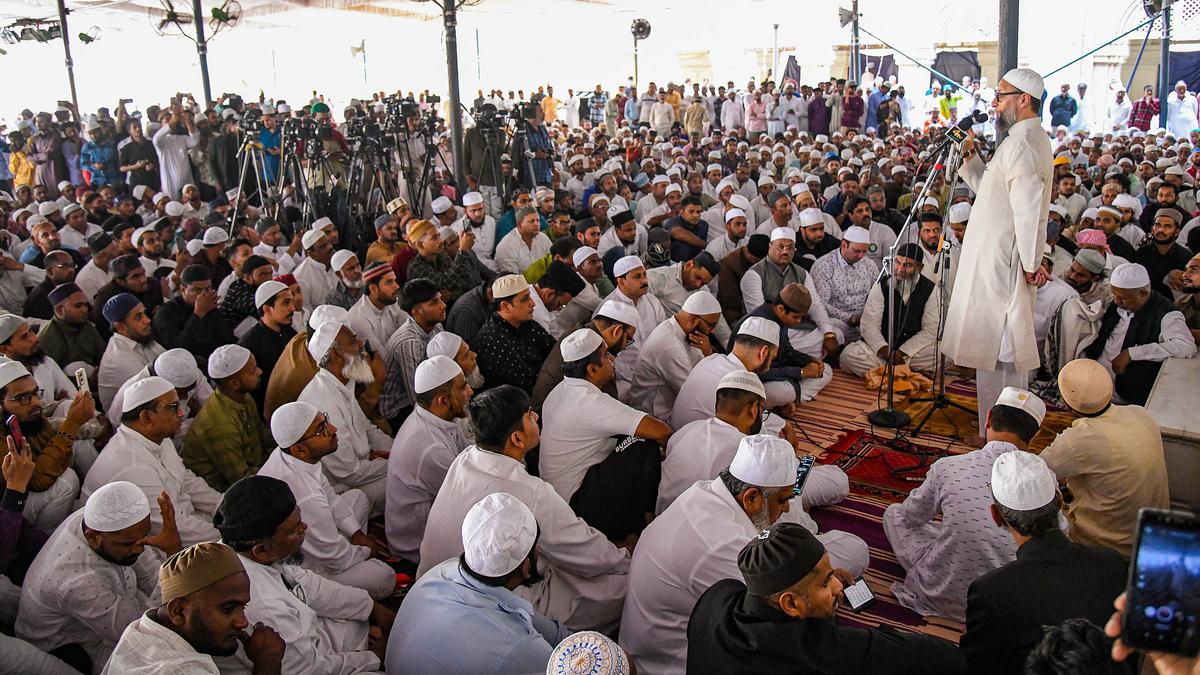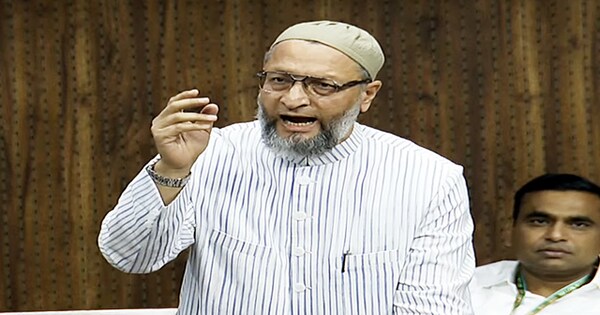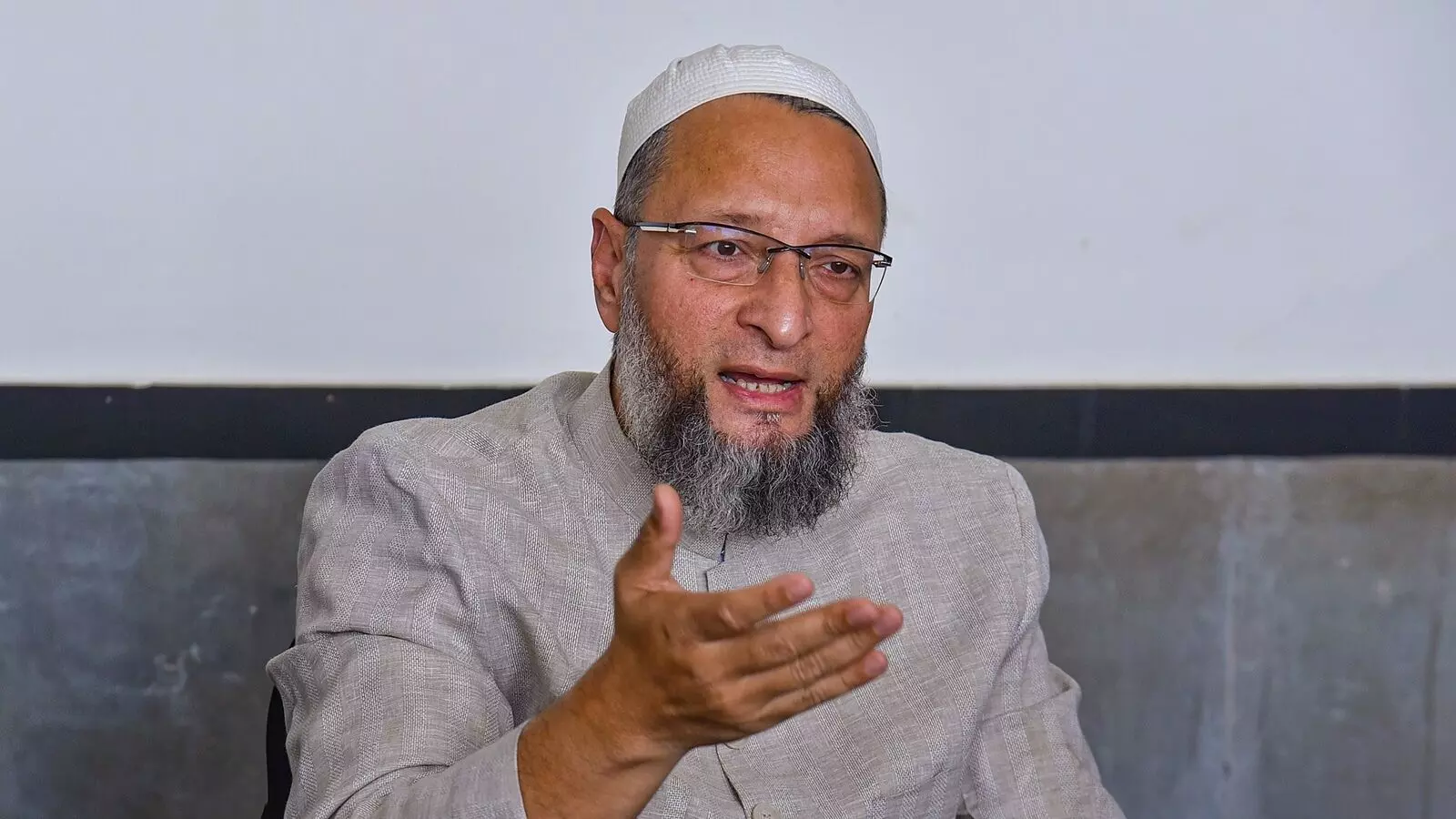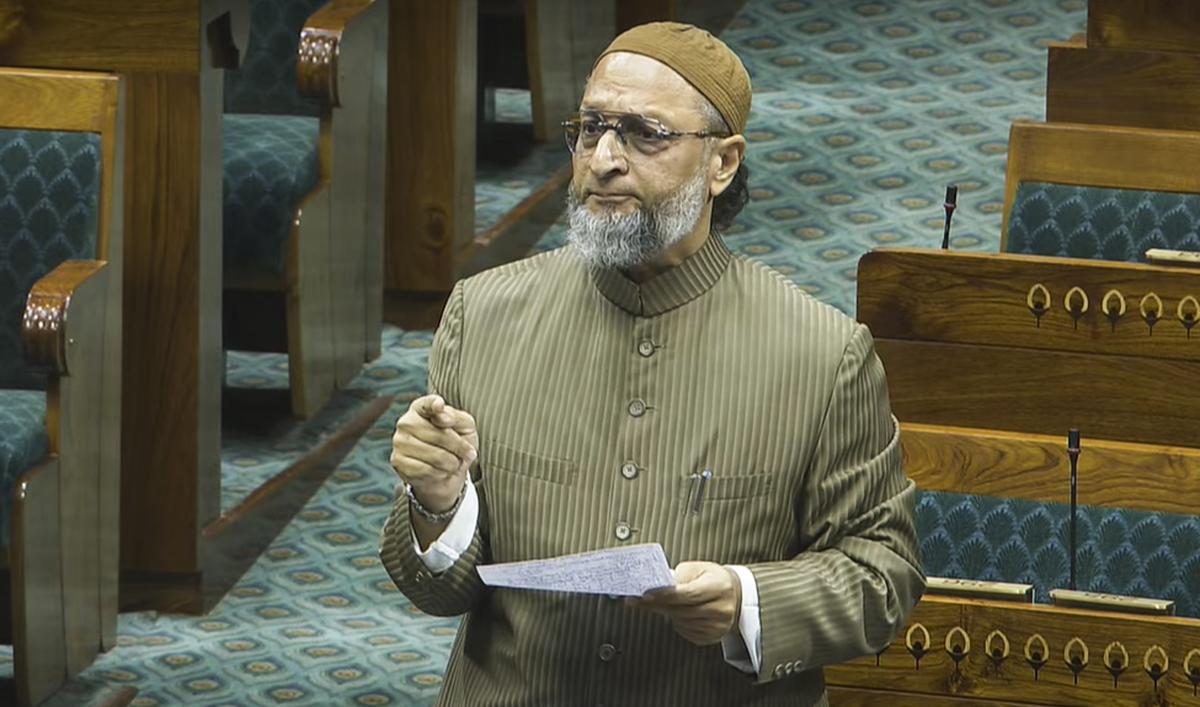India to get new batch of cheetahs, awaits Kenya’s final approval
Sat 14 Sep 2024, 11:42:38
New Delhi: The MoU process to bring a new batch of cheetahs from Kenya is in progress, with India having finalised its part and awaiting approval from the African country, a senior official has said.
Cheetahs for the breeding centre being built in Gujarat’s Bunni grasslands will also be brought from Kenya, SP Yadav, the director general of the International Big Cat Alliance, said during a recent interaction here.
As part of the first-ever intercontinental translocation of the big cats, 20 cheetahs have been brought to the Kuno National Park in Madhya Pradesh so far — eight from Namibia in September 2022 and 12 from South Africa in February 2023.
Since they arrived in India, eight adult cheetahs — three females and five males — have died. Seventeen cubs have been born in India, with 12 surviving, bringing the total number of cheetahs, including cubs, in Kuno to 24. Currently, all are in enclosures. The grand initiative completes two years on September 17.
The ‘Action Plan for Reintroduction of Cheetah in India’ talks about bringing around 12-14 cheetahs each year from South Africa, Namibia and other African countries for five years to establish a founder stock.
“The Memorandum of Understanding (MoU) process is in progress. India has finalised its part, and the Kenyan government needs to approve it. After that, both governments will sign the MoU,” Yadav, who is the adviser to the Centre’s Cheetah Project Steering Committee,
said.
said.
“Discussions are ongoing with South Africa. It has already identified 12 to 16 surplus cheetahs. They must either give them to another country or euthanise them. That is the current situation,” Yadav added.
In South Africa, animals are kept in sanctuaries based on their carrying capacities. If the population exceeds this capacity, they either export the animals or euthanise them, as they cannot sustain an overpopulation, he explained. Yadav said cheetahs for the conservation breeding centre being established in Bunni will also be brought from Kenya and that “winter is the ideal time to bring them”.
The cheetah conservation breeding centre being developed in a 500-hectare enclosure can accommodate 16 cheetahs, officials have said.
Yadav also dismissed reports suggesting that a Namibian cheetah named Pawan died from poisoning last month. He clarified that there were no signs of poisoning such as saliva oozing from the mouth or liquid seeping from the nose. “There was no such thing. It is purely speculation,” he said.
Asked if cheetahs can drown, he said that it had rained heavily that night and there are nallahs (streams) with boulders and rocks. “We do not know what happened, but the symptoms suggest that the cheetah died from drowning. There was no other reason. There were no marks on the body. Two doctors conducted the post-mortem and confirmed drowning. There was water in the lungs. It was unfortunate,” Yadav added.
No Comments For This Post, Be first to write a Comment.
Most viewed from National
Most viewed from World
AIMIM News
Latest Urdu News
Most Viewed
May 26, 2020
Do you think Canada-India relations will improve under New PM Mark Carney?
Latest Videos View All
Like Us
Home
About Us
Advertise With Us
All Polls
Epaper Archives
Privacy Policy
Contact Us
Download Etemaad App
© 2025 Etemaad Daily News, All Rights Reserved.

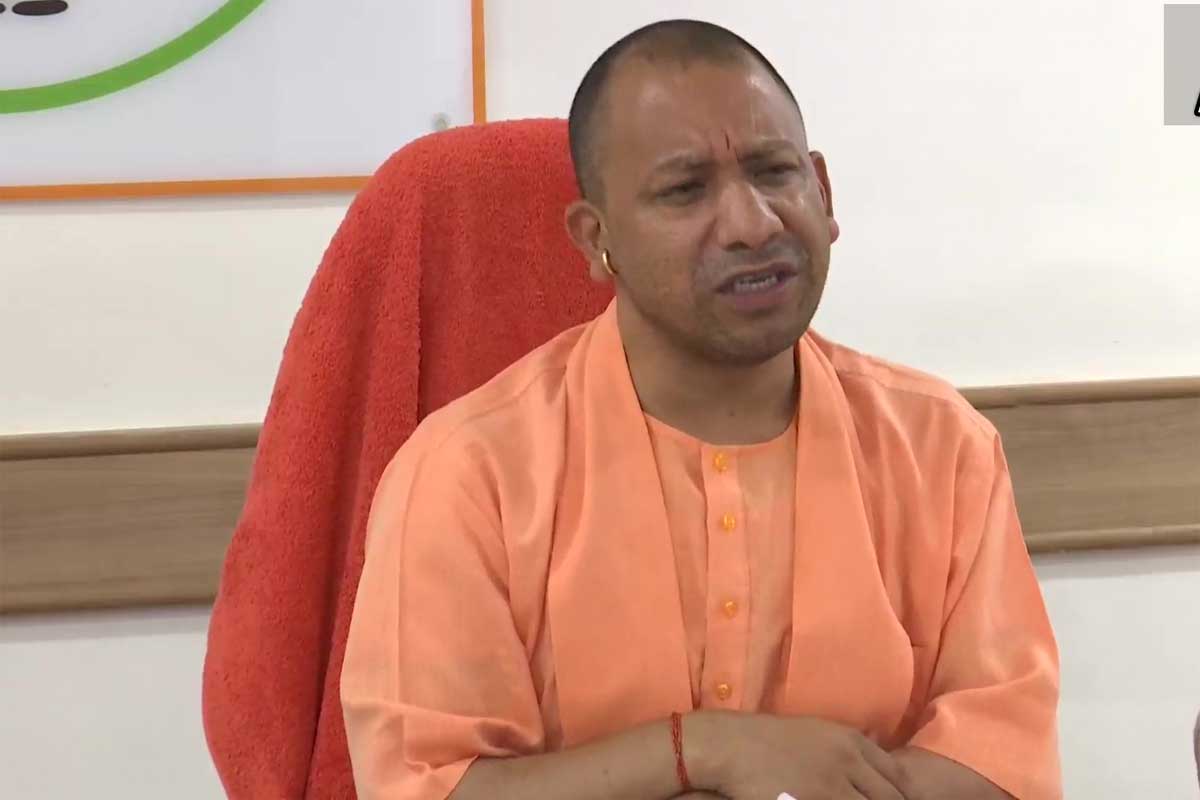
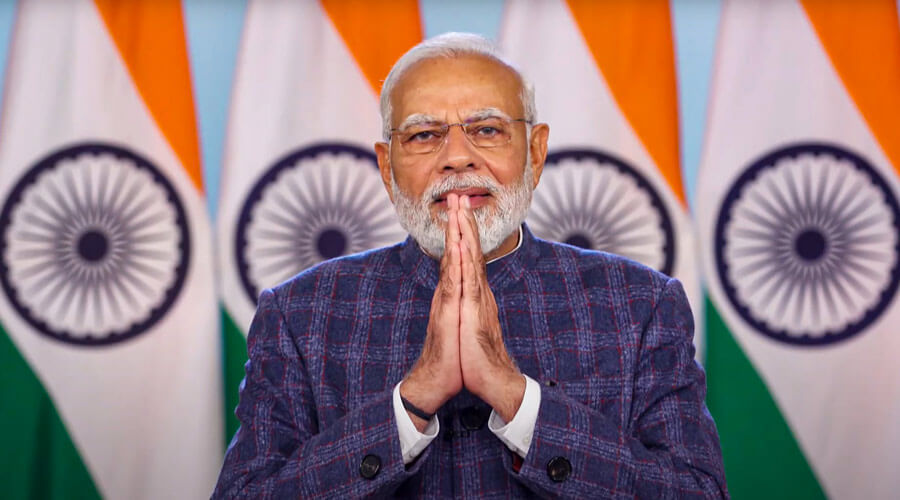
.jpg)
.jpg)




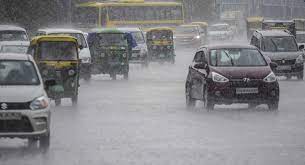
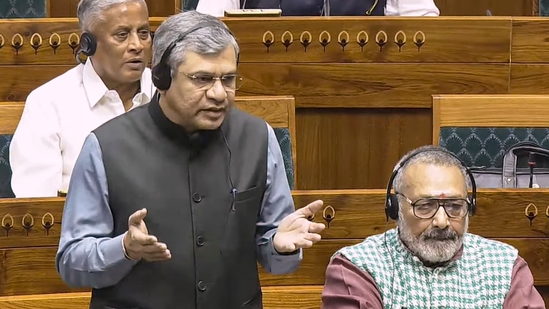
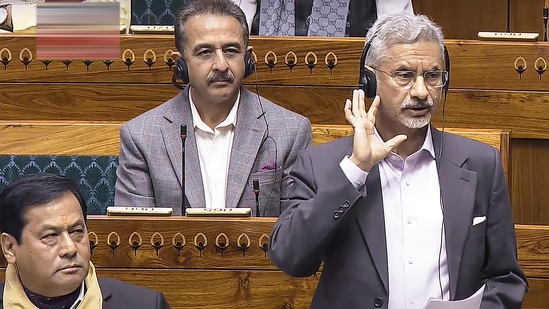


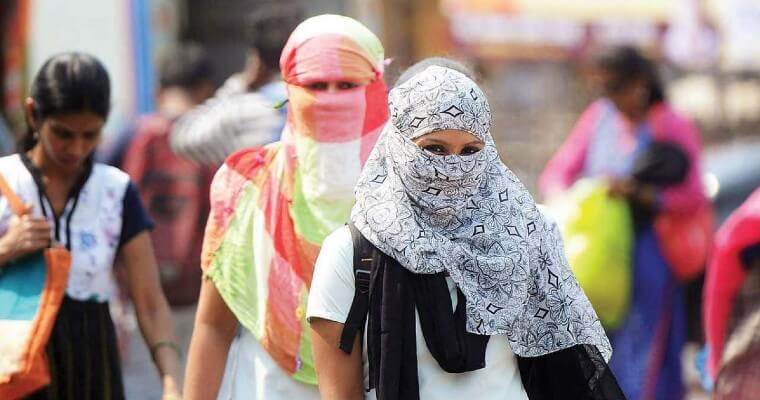
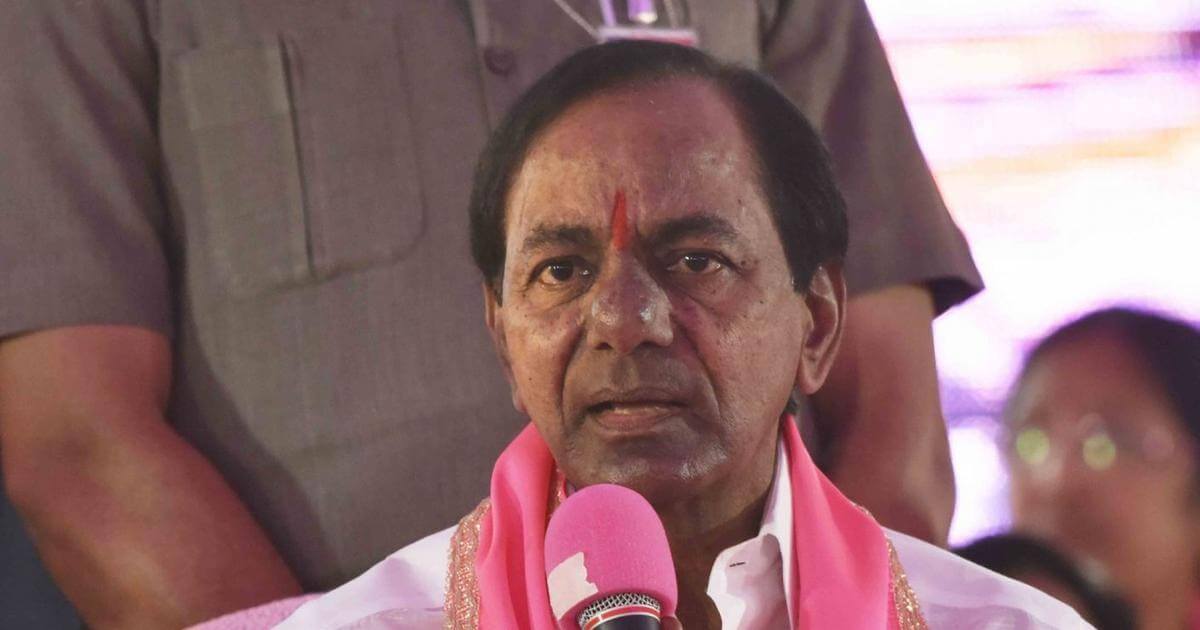



.jpg)
.jpg)
.jpg)
.jpg)
.jpg)
